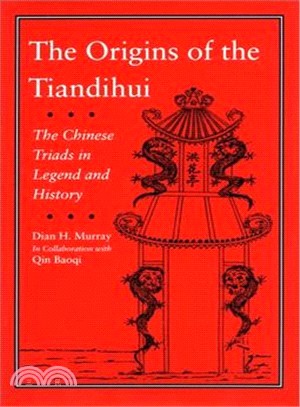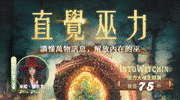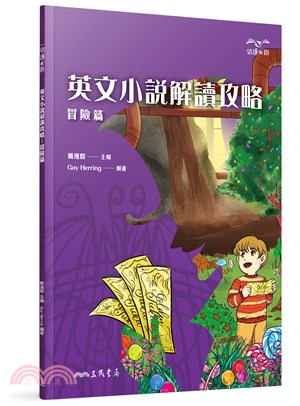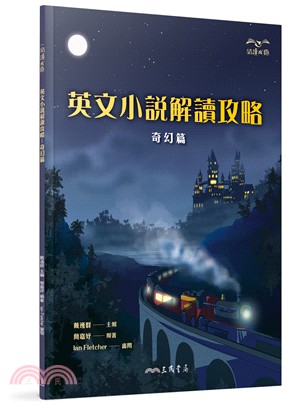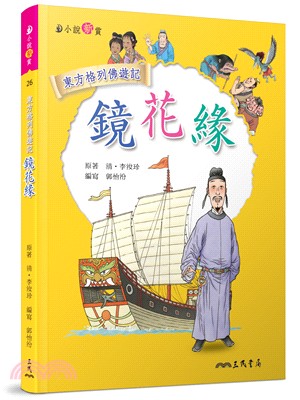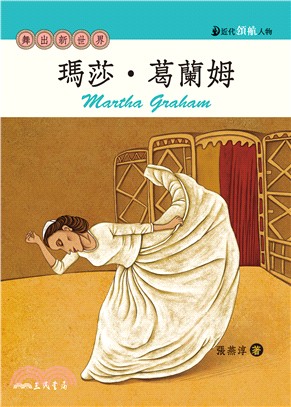The Origins of the Tiandihui ─ The Chinese Triads in Legend and History
商品資訊
ISBN13:9780804723244
出版社:Stanford Univ Pr
作者:Dian H. Murray; Qin Baoqi; Pao-Chi Chin
出版日:1994/05/01
裝訂/頁數:精裝/350頁
規格:24.8cm*16.5cm*3.2cm (高/寬/厚)
定價
:NT$ 4500 元若需訂購本書,請電洽客服 02-25006600[分機130、131]。
商品簡介
作者簡介
相關商品
商品簡介
The Tiandihui, also known as the Heaven and Earth Association or the Triads, was one of the earliest, largest, and most enduring of the Chinese secret societies that have played crucial roles at decisive junctures in modern Chinese history. These organizations were characterized by ceremonial rituals, often in the form of blood oaths, that brought people together for a common goal. Some were organized for clandestine, criminal, or even seditious purposes by people alienated from or at the margins of society. Others were organized for mutual protection or the administration of local activities by law-abiding members of a given community.
The common perception in the twentieth century, both in China and in the West, was that the Tiandihui was founded by Chinese patriots in the seventeenth century for the purpose of overthrowing the Qing (Manchu) dynasty and restoring the Ming (Chinese). This view was put forward by Sun Yat-sen and other revolutionaries who claimed that, like the anti-Manchu founders of the Tiandihui, their goal was to strip the Manchus of their throne. The Chinese Nationalists (Guomindang) today claim the Tiandihui as part of their heritage.
This book relates a very different history of the origins of the Tiandihui. Using Qing dynasty archives that were made available in both Beijing and Taipei during the last decades, the author shows that the Tiandihui was founded not as a political movement but as a mutual aid brotherhood in 1761, a century after the date given by traditional historiography. She contends that histories depicting Ming loyalism as the raison d'etre of the Tiandihui are based on internally generated sources and, in part, on the "Xi Lu Legend," a creation myth that tells of monks from the Shaolin Monastery aiding the emperor in fighting the Xi Lu barbarians.
Because of its importance to the theories of Ming loyalist scholars and its impact on Tiandihui historiography as a whole, the author thoroughly investigates the legend, revealing it to be the product of later - not founding - generations of Tiandihui members and a tale with an evolution of its own. The seven extant versions of the legend itself appear in English translation as an appendix.
This book thus accomplishes three things: it reviews and analyzes the extensive Tiandihui literature; it makes available to Western scholars information from archival materials heretofore seen only by a few Chinese specialists; and it firmly establishes an authoritative chronology of the Tiandihui's early history.
The common perception in the twentieth century, both in China and in the West, was that the Tiandihui was founded by Chinese patriots in the seventeenth century for the purpose of overthrowing the Qing (Manchu) dynasty and restoring the Ming (Chinese). This view was put forward by Sun Yat-sen and other revolutionaries who claimed that, like the anti-Manchu founders of the Tiandihui, their goal was to strip the Manchus of their throne. The Chinese Nationalists (Guomindang) today claim the Tiandihui as part of their heritage.
This book relates a very different history of the origins of the Tiandihui. Using Qing dynasty archives that were made available in both Beijing and Taipei during the last decades, the author shows that the Tiandihui was founded not as a political movement but as a mutual aid brotherhood in 1761, a century after the date given by traditional historiography. She contends that histories depicting Ming loyalism as the raison d'etre of the Tiandihui are based on internally generated sources and, in part, on the "Xi Lu Legend," a creation myth that tells of monks from the Shaolin Monastery aiding the emperor in fighting the Xi Lu barbarians.
Because of its importance to the theories of Ming loyalist scholars and its impact on Tiandihui historiography as a whole, the author thoroughly investigates the legend, revealing it to be the product of later - not founding - generations of Tiandihui members and a tale with an evolution of its own. The seven extant versions of the legend itself appear in English translation as an appendix.
This book thus accomplishes three things: it reviews and analyzes the extensive Tiandihui literature; it makes available to Western scholars information from archival materials heretofore seen only by a few Chinese specialists; and it firmly establishes an authoritative chronology of the Tiandihui's early history.
作者簡介
Qin Baoqi is with the Qing History Institute of People's University in Beijing.
主題書展
更多
主題書展
更多書展今日66折
您曾經瀏覽過的商品
購物須知
外文書商品之書封,為出版社提供之樣本。實際出貨商品,以出版社所提供之現有版本為主。部份書籍,因出版社供應狀況特殊,匯率將依實際狀況做調整。
無庫存之商品,在您完成訂單程序之後,將以空運的方式為你下單調貨。為了縮短等待的時間,建議您將外文書與其他商品分開下單,以獲得最快的取貨速度,平均調貨時間為1~2個月。
為了保護您的權益,「三民網路書店」提供會員七日商品鑑賞期(收到商品為起始日)。
若要辦理退貨,請在商品鑑賞期內寄回,且商品必須是全新狀態與完整包裝(商品、附件、發票、隨貨贈品等)否則恕不接受退貨。



